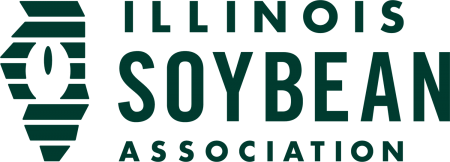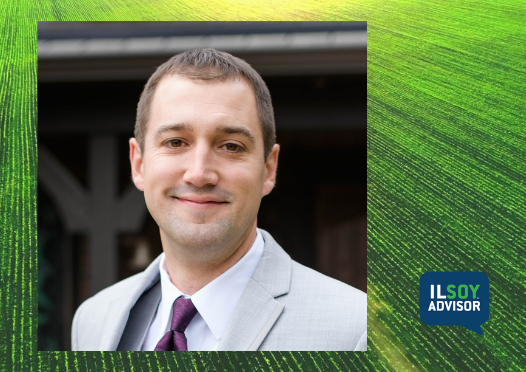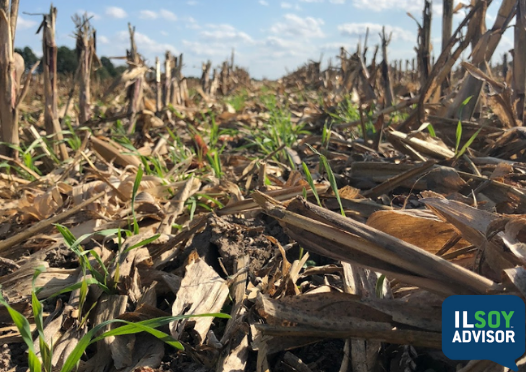ILSOYADVISOR POST
SHOWCASE FARMER: Jim Martin
The farmer. Jim Martin farms about 440 acres of corn and soybeans near Wenona, Ill. Nearly half of that land has been in the family since his German ancestors homesteaded the area five generations earlier. He attributes the quality of the soils on the farm to his family’s care for the soil across generations. “As a family, we have a commitment to preserving the high-quality soils we farm.”
Martin adds that his commitment to sustainability involves both short- and long-term goals. “Being profitable while preserving our resources is what it’s all about because we have to be financially solvent to be able to keep farming.”
Environmental challenge. While soil characteristics vary within fields, the Muscatine, Drummer and Flanagan soils of Martin’s farm are flat and deep, making moisture a problem in wet years. He addresses this issue in some fields with a tile system to channel runoff.
No-till is a common practice and Martin says they’ve been happy with no-till soybeans, with about half of their acres in a no-till rotation that includes a deep tillage or chisel plow every third year to help prevent compacted soils.
Martin says he believes in the benefits of rotation and its long-term effect on the soil. “Growing up, we took over for a landlord who had been using an oats/clover/corn/soybean rotation and we’re still benefitting from that today,” he explains. “As many years ago as that was done, that land still shows excellent soil tilth and the results of the clover adding nitrogen to the ground.“Recent conservation projects on the Martin farm include reconstructing a waterway with cost-share assistance from the local Soil and Water Conservation District (SWCD). The project improves drainage by widening and reshaping the field to help reduce erosion.
Sustainable focus for 2015. Variable rate technology (VRT), which allows a farmer to vary the rate of inputs such as fertilizer or pesticides on crops, also plays an important role in the conservation approach on the Martin farm. “We’ve been using a yield monitor for the last few years, building harvest maps to create VRT maps for liming and fertilizer,” he explains. “Especially in 2015 when you want to look at cutting back inputs, not applying product in some areas helps us to be more cost effective.”
Martin likens soil health and fertility to a bank account. “You work to build up your bank account as far as your financial situation, but it’s important to remember you also have a bank in the soil,” he explains. “If you build up your soils during the good years, you can relax a bit when tough times come, instead of being stressed with input costs and lower commodity prices.”
On-farm research is also an important part of testing different management programs for Martin. “We do a lot of on-farm strip tests. In fact we’re planning for more than 30 this year, looking at different products and varieties.” He adds that he needs to see between a four- to six-bushel advantage for an input to be cost effective.
Part of his research involved experimenting with different nitrogen applications on his corn. In 2012, he applied anhydrous ammonia in the spring, then came back with a weed and feed product—an approach that kept corn greener for longer during the unusually dry season than most of the surrounding fields.
Sustainable start. Martin suggests that farmers looking to improve on-farm sustainability explore ways to reduce tillage and soybean plant populations.
“Less tillage means you can get those increase water infiltration and earth worm movements,” he says, “and that makes healthier, more productive soils.”





Comments
Add new comment